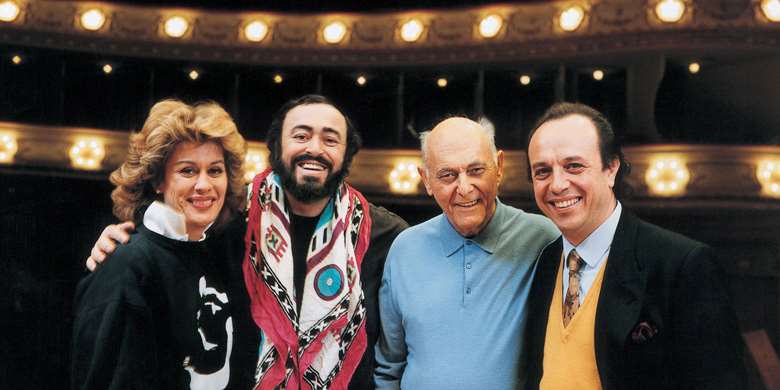Working with Pavarotti: demands, differences & riveting results
Michael Haas
Wednesday, July 3, 2019
Recording Pavarotti in Otello meant balancing his very specific views with Sir Georg Solti’s often completely opposing ones, recalls producer Michael Haas – but the results were well worth it

Register now to continue reading
Thanks for exploring the Gramophone website. Sign up for a free account today to enjoy the following benefits:
- Free access to 3 subscriber-only articles per month
- Unlimited access to our news, podcasts and awards pages
- Free weekly email newsletter








